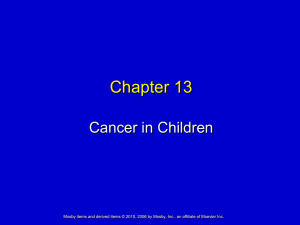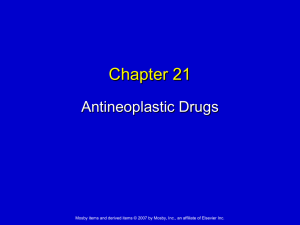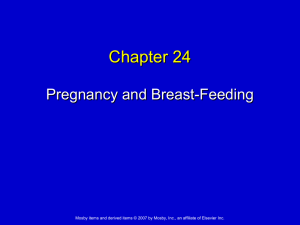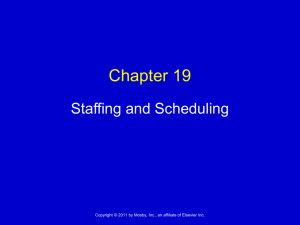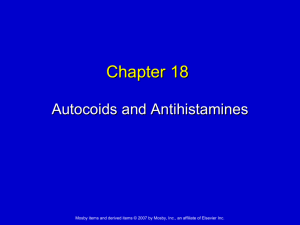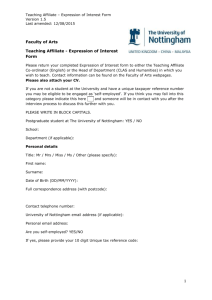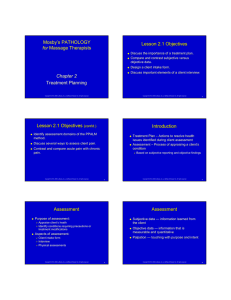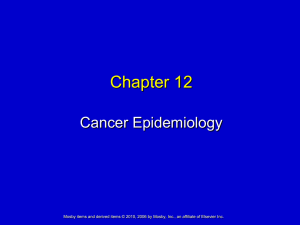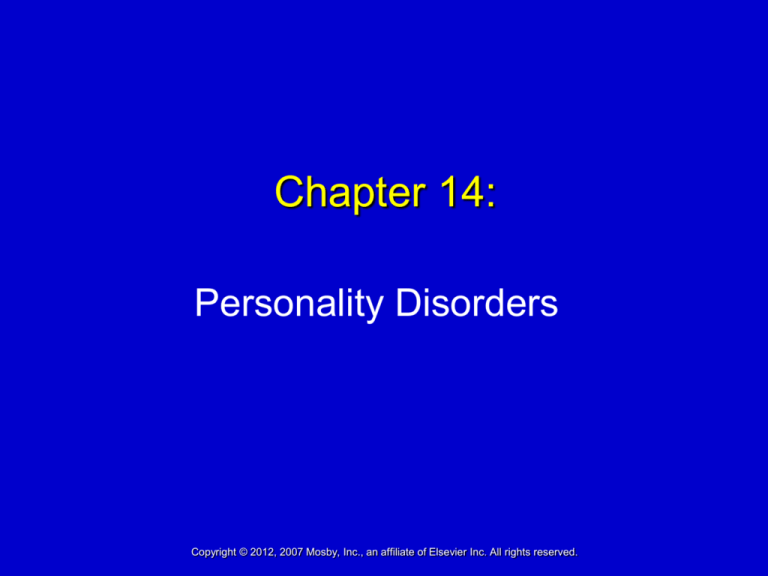
Chapter 14:
Personality Disorders
Copyright © 2012, 2007 Mosby, Inc., an affiliate of Elsevier Inc. All rights reserved.
Personality Disorders
Maladaptive patterns of behavior relating to
others
Not caused by Axis I disorders
Onset during adolescence or early adulthood
Copyright © 2012, 2007 Mosby, Inc., an affiliate of Elsevier Inc. All rights reserved.
2
Cluster A: Odd, Eccentric
Paranoid
Schizoid
Schizotypal
Copyright © 2012, 2007 Mosby, Inc., an affiliate of Elsevier Inc. All rights reserved.
3
Cluster B: Dramatic, Emotional
Antisocial
Borderline
Histrionic
Narcissistic
Copyright © 2012, 2007 Mosby, Inc., an affiliate of Elsevier Inc. All rights reserved.
4
Cluster C: Anxious, Fearful
Avoidant
Dependent
Obsessive-compulsive
Copyright © 2012, 2007 Mosby, Inc., an affiliate of Elsevier Inc. All rights reserved.
5
Theoretic Perspectives
Freud
Antisocial, borderline, histrionic, narcissistic
personality disorders associated with phallic stage
Object relations
Stability and depth of individual’s relations with
significant others
Manifested by warmth, dedication, concern,
tactfulness
Copyright © 2012, 2007 Mosby, Inc., an affiliate of Elsevier Inc. All rights reserved.
6
Object Relations Theories
Margaret Mahler
Separation-Individuation
Differentiation
Practicing
Rapprochement
Object constancy
Copyright © 2012, 2007 Mosby, Inc., an affiliate of Elsevier Inc. All rights reserved.
7
Object Relations Theories
Otto Kernberg
Tasks:
Distinguish between self and others
Integration of good and bad (self images, objects)
Splitting: Inability to synthesize positive and negative
aspects of self and others
Idealization: Idealizes person when needs are met
Devaluation: Devalues person when needs are unmet
Lack of object constancy leads to feelings of
abandonment
Copyright © 2012, 2007 Mosby, Inc., an affiliate of Elsevier Inc. All rights reserved.
8
Masterson
Defenses blocking growth to autonomy:
Projection
Clinging
Denial
Avoidance
Copyright © 2012, 2007 Mosby, Inc., an affiliate of Elsevier Inc. All rights reserved.
9
Discharge Criteria
Consider risk factor of safety for client
and others.
Have plan for follow-up.
Provide psychoeducation.
Copyright © 2012, 2007 Mosby, Inc., an affiliate of Elsevier Inc. All rights reserved.
10
Assessment Domains
Emotional
Cognitive
Social
Spiritual
Physical
Copyright © 2012, 2007 Mosby, Inc., an affiliate of Elsevier Inc. All rights reserved.
11
Useful Nursing Diagnoses
Cluster A
Anxiety
Ineffective coping
Social isolation
Disturbed thought processes
Copyright © 2012, 2007 Mosby, Inc., an affiliate of Elsevier Inc. All rights reserved.
12
Useful Nursing Diagnoses
Cluster B
Ineffective coping
Disturbed personal identity
Chronic low self-esteem
Risk for self-mutilation
Risk for suicide
Impaired social interaction
Risk for other-directed violence
Risk for self-directed violence
Copyright © 2012, 2007 Mosby, Inc., an affiliate of Elsevier Inc. All rights reserved.
13
Useful Nursing Diagnoses
Cluster C
Anxiety
Ineffective coping
Chronic low self-esteem
Impaired social interaction
Copyright © 2012, 2007 Mosby, Inc., an affiliate of Elsevier Inc. All rights reserved.
14
Example Outcomes
Client will:
Refrain from self-mutilation.
Recognize occurrence of cognitive
distortions.
Identify one new method of problem solving.
Identify positive role models.
Copyright © 2012, 2007 Mosby, Inc., an affiliate of Elsevier Inc. All rights reserved.
15
Planning
Recognize that behavioral changes occur
slowly.
Copyright © 2012, 2007 Mosby, Inc., an affiliate of Elsevier Inc. All rights reserved.
16
Interventions
Assess suicidality.
Encourage attendance at group.
Assess escalation of anger.
Assess impulsivity, self-mutilation.
Contract concerning threatening behavior.
Encourage journal writing.
Teach:
Anger/impulse management.
Recognition of faulty thought patterns.
Alternative behaviors.
Copyright © 2012, 2007 Mosby, Inc., an affiliate of Elsevier Inc. All rights reserved.
17



